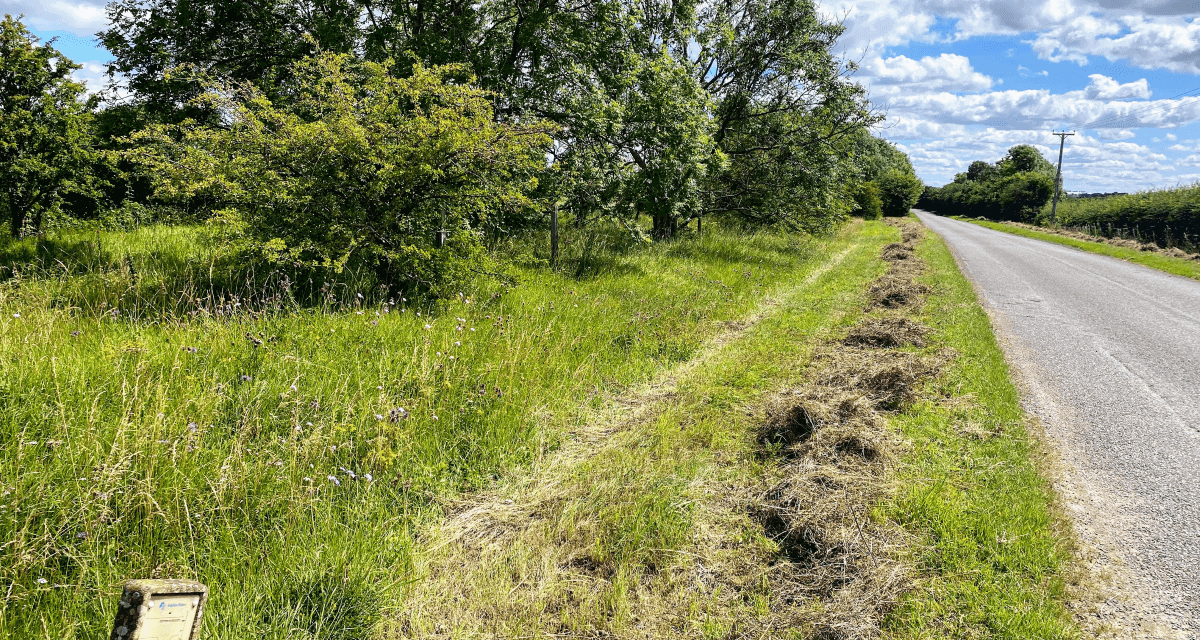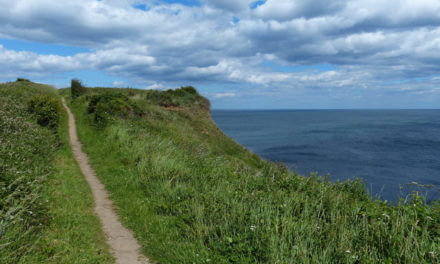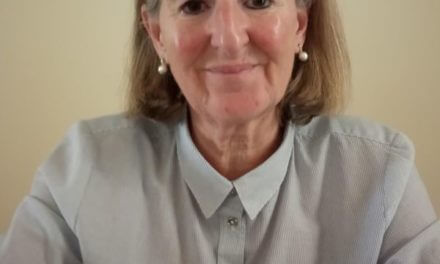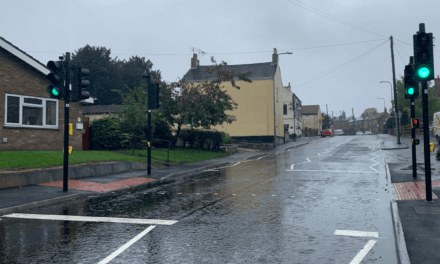Life in the green lane
Here’s a question: what covers around 36,000 miles and takes 20,625 hours to complete annually?
Lincolnshire Highways does it three times a year, and most people don’t notice.
Until they get a bit of the hayfever sneezes.
Yes, grass cutting. It might not be the hottest topic in Lincolnshire Highways, where potholes and road closures sit alongside £150 million road projects and massive government plans – but it’s a vital part of what we do.
You might think cutting grass is simple – get a mower, turn up where the grass is tall, and cut it. And while… yes… it can be that simple, doing it on the scale we need takes precise, military-style planning.
Three cuts a year happen to keep the green stuff under control. The cuts start around April and continue until September, taking lots of work on grass verges alongside adopted roads and footpaths.
Lincolnshire County Council Highways maintain the grass verges by cutting them in rural areas to a width of 1m on either side of the road and footpath. At junctions and some bends, the verges are cut up to the edge of the road to improve visibility.
As the Highway Authority for Lincolnshire, Lincolnshire County Council (LCC) has a statutory duty to ensure the safety of the highway, and this includes cutting grass verges where grass impedes visibility at road junctions or through bends.
Then, a 1.1m width alongside the road edge in rural areas will be cut for pedestrians and other vulnerable road users to use where there are no footways.
Cutting the grass through the summer, every summer involves a lot. When we look after nearly 70,000 tennis courts’ worth of grass each season, you can see why we take the job very seriously.
Who cuts what and where?
As the council, we can’t physically cut every part of the highway verges across the County because we don’t have enough staff to cover the 36,000 miles of green stuff that needs a trim. So we organise the cuts for 74% of the verges to be carried out on our behalf by more than 100 Parish and District Councils.
This happens under the Parish Agreement process launched in 2017, which is why if you report an overgrown or needing a cut area on FixMyStreet, it may end up being sorted out by a local authority.
In urban areas, it may also be the case that many residents, farmers, and other local businesses end up cutting the verges and maintaining those adjacent to their land.
It’s a Wildlife (thing)
With every cut of a grass verge on the highway, we are mindful of the chance to help wildlife.
It’s what we call ‘verge management’. In essence, that means we provide a crucial opportunity for biodiversity conservation. We know when and where to make the most nature-friendly cuts because we have worked with Lincolnshire Wildlife Trust to boost our understanding of where we can make a positive difference.
This has led to several initiatives, including the introduction of 65 Roadside Nature Reserves and 159 new Local Wildlife Sites in the County. These have been identified as the stretches of road verge most important for nature conservation, and they form a network of wildflower-rich habitats within our highway verges. More information on their management can be found on the Lincolnshire Wildlife Trust website.
Tell us!
If you think an area of grass verge needs attention, let us know by going to the FixMyStreet app. We will then provide feedback about the area and what’s happening.
By the numbers
18 – the number of flail mowers we use for cutting in rural areas
6 – The amount of ride-on flail mowers for urban area jobs
4 – that’s how many strimming teams we have worked across the County
2250 – how many hours are worked cutting grass per cycle in urban areas
4625 – how many hours are worked per cycle in rural areas
20,625 – the total number of hours for the three cut cycles per year across the County
12,000 – that’s how many miles of Lincolnshire’s highway verges are cut at least three times per year
74% – the percentage of highway verges in ‘urban’ areas that are cut on our behalf by Parish and District Councils






Recent Comments